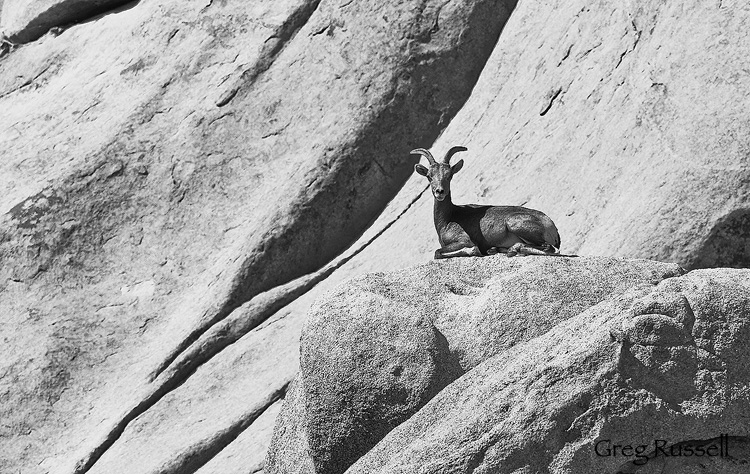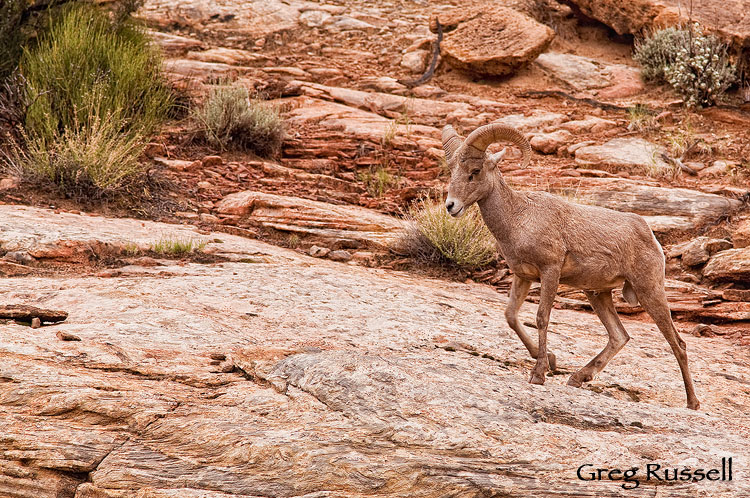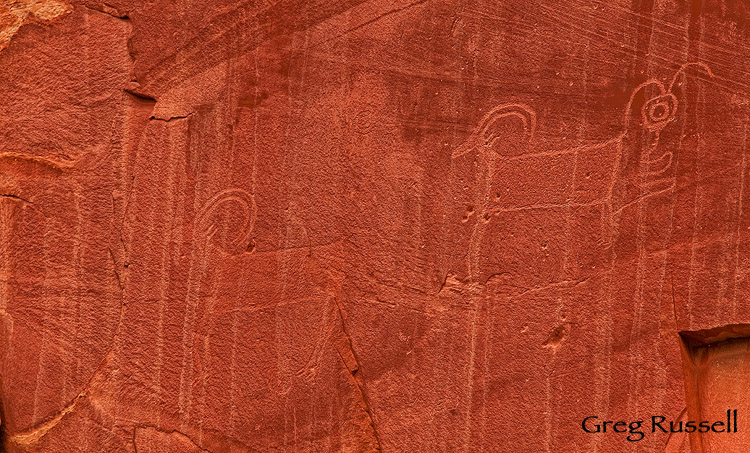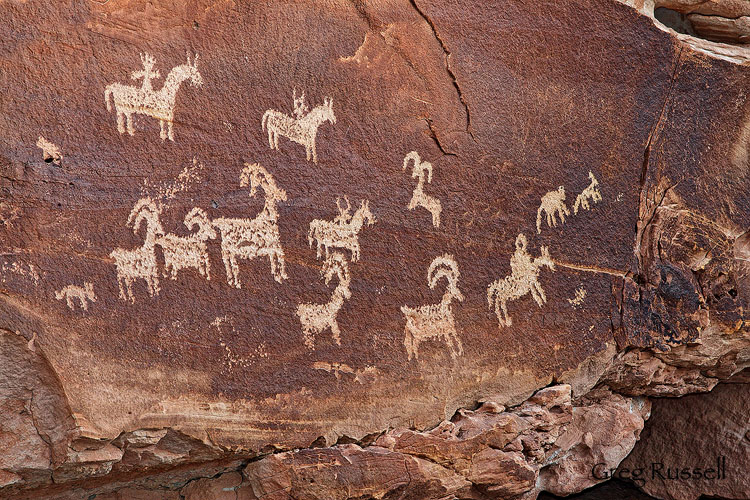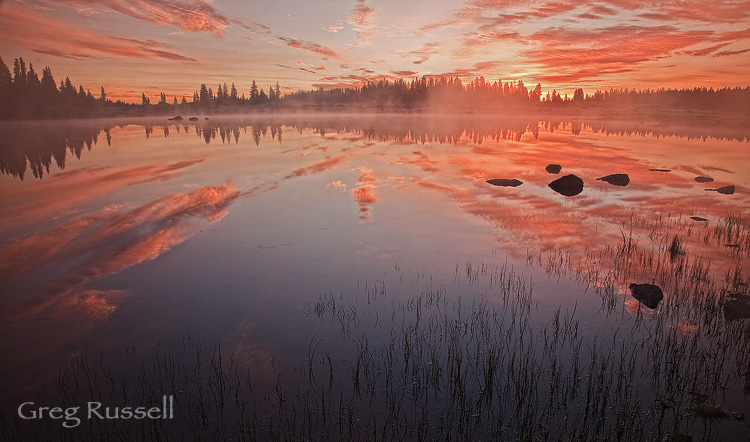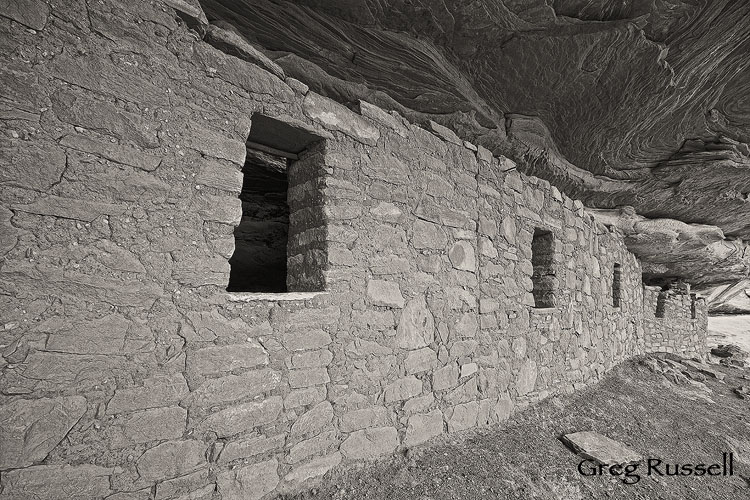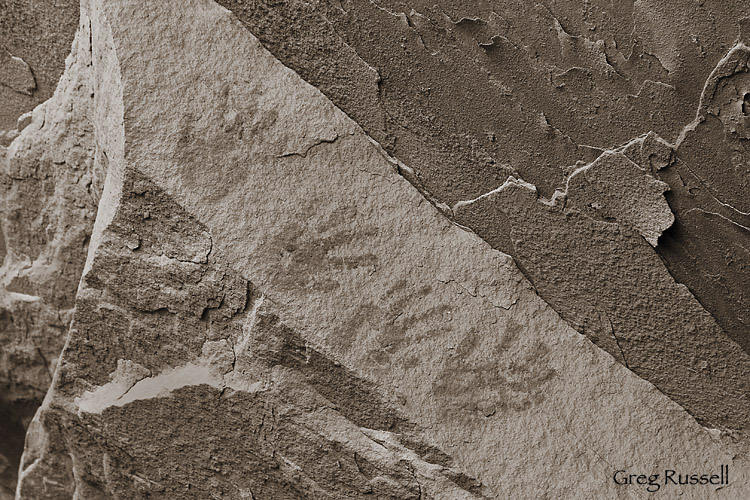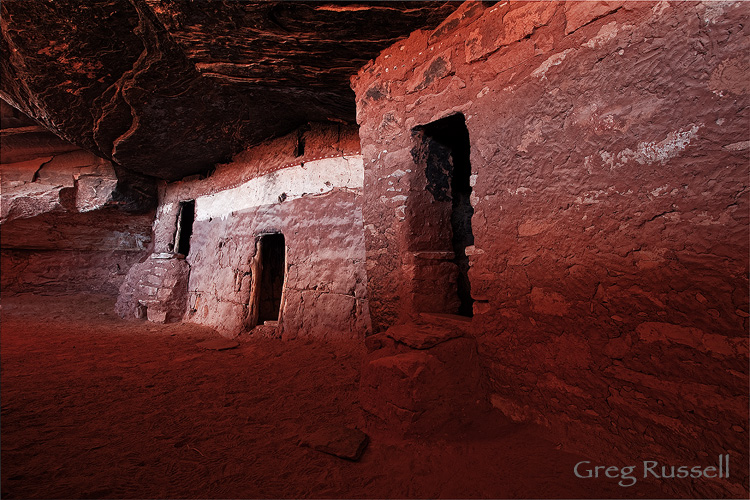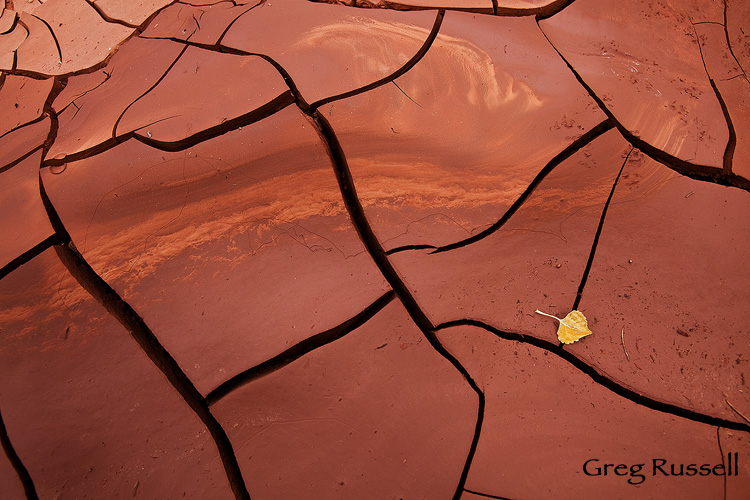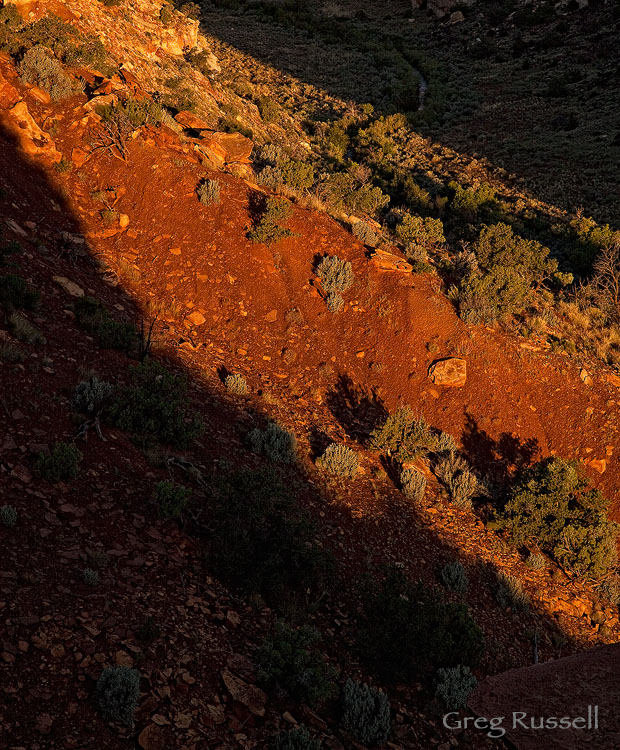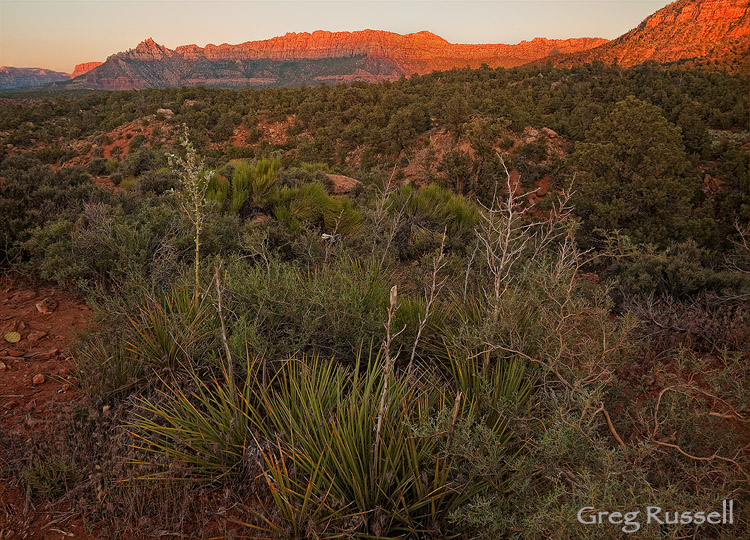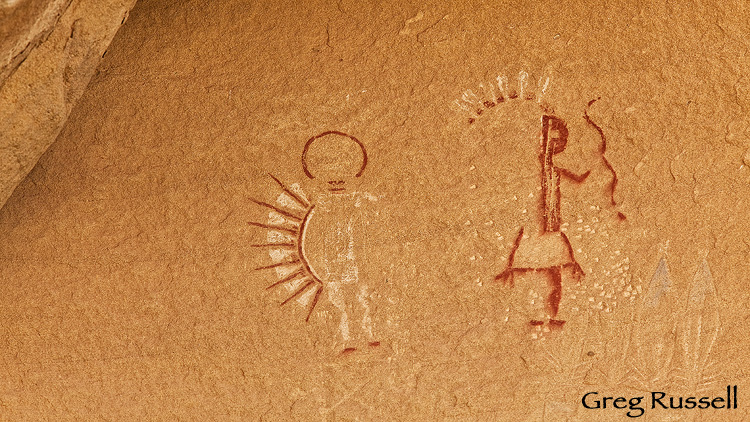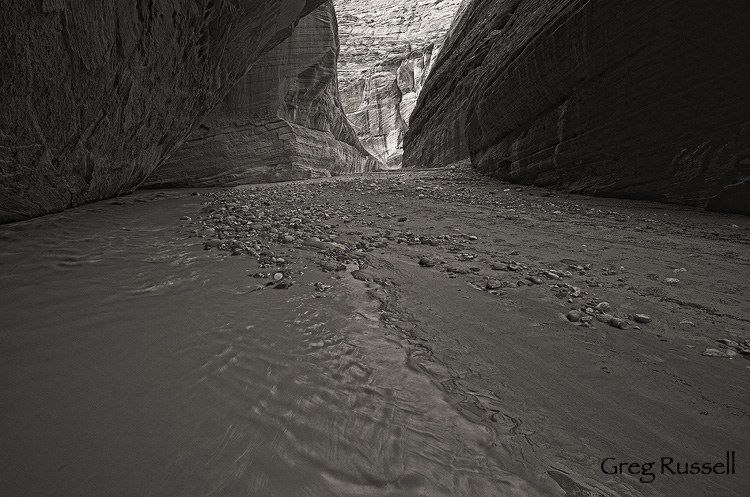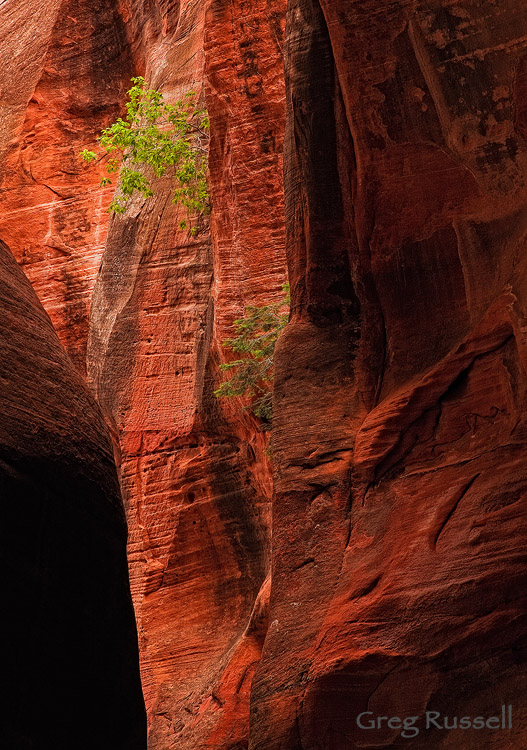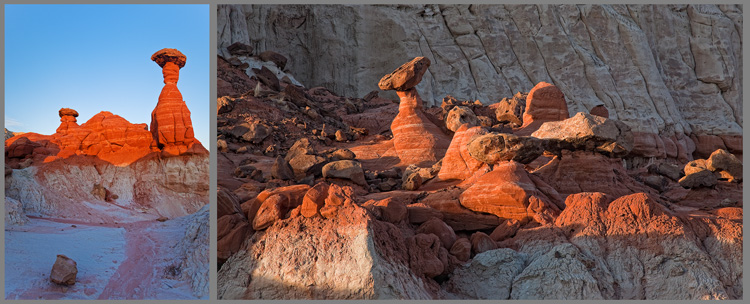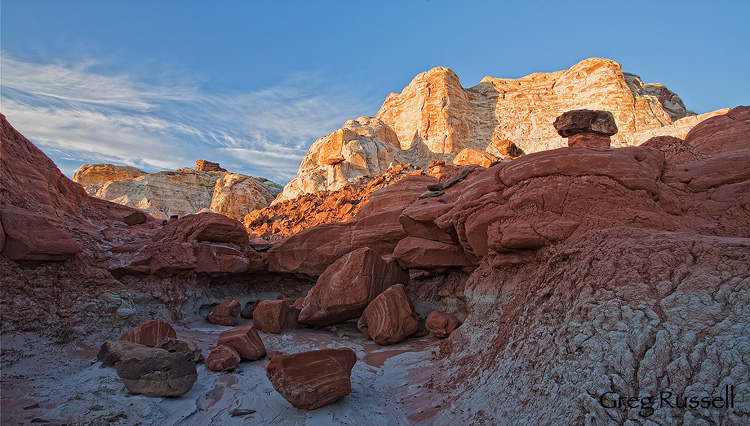I remember my first visit to Zion National Park as a teenager, on spring break, with my parents. It was one of the only trips we took as a family that was a vacation for vacation’s sake. All other car trips to that point had been to visit family in Wyoming or Nebraska. I have to admit it felt odd to be on a vacation with my parents! But, the massive sandstone cliffs and buttresses left me nothing less than floored, making me quickly forget about the awkwardness of “being seen” with my parents.
Since then, I’ve returned to Zion several times; I’ve hiked the entire length of the Narrows, the classic Virgin River hike, and I’ve been through many of the technical slot canyons in the park. I feel privileged to have seen parts of the park that <1% of its visitors get to experience. Most recently, I’ve returned to Zion with my own family, sharing its serenity and sanctuary with them.
Like all heavily photographed areas, Zion has its own repertoire of icons: the Towers of the Virgin, the Narrows, Court of the Patriarchs, the Subway. Moving past these locations, though, I have consistently found it very difficult to make a compelling image in the midst of the breathtaking beauty. I should qualify that statement: I find it difficult to make an image that makes me stop and say, “Wow, that’s awesome!”
On our most recent trip to the park, I focused on the intimate details. Autumn is in its final throes in Zion Canyon right now, with most of the cottonwoods and maples half-naked, ready for their hibernation. Three weeks ago, this place was crawling with photographers, I’m sure, now these trees have been all but forgotten about. Still, I find a certain beauty in these vestiges of fall.
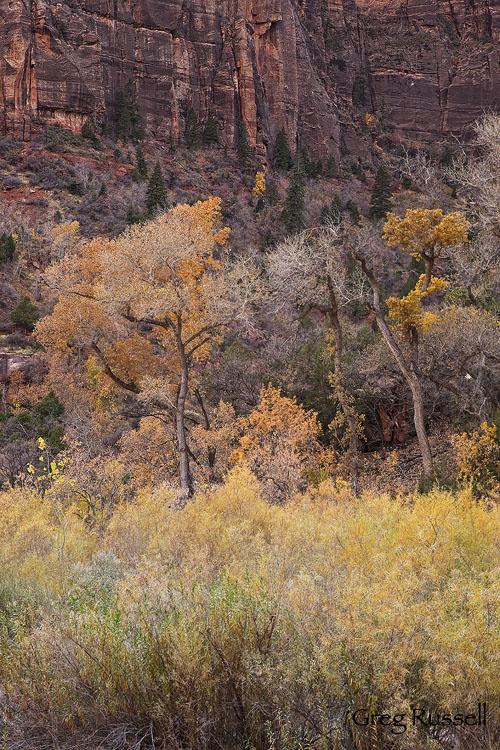
Autumn's final vestiges, November 2011
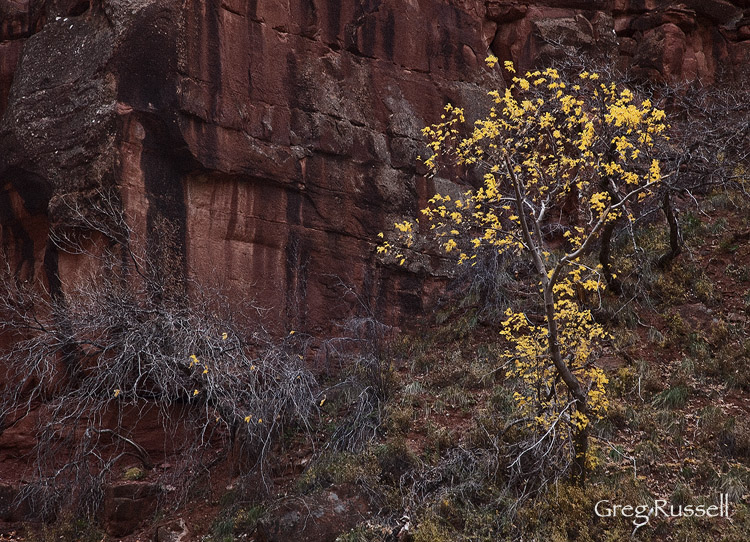
Hanging on, November 2011
Early morning is my favorite time to be in Zion Canyon; deer are peacefully grazing, turkey are out, and the chill is still in the air because the sun hasn’t penetrated the depths of the canyon yet. There’s often a breeze blowing, almost as if the canyon is starting fresh every day. As the cliffs begin to greet the sun, the light reflects on to the river, giving it a wonderful tonality.
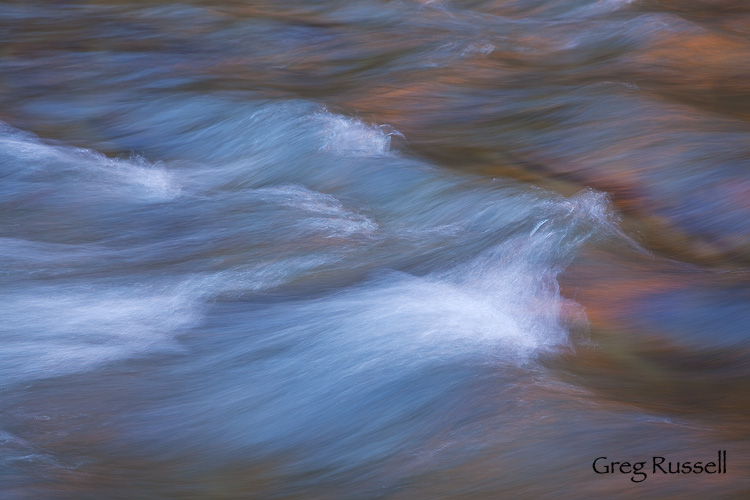
Cascade, November 2011
I welcomed Zion into my heart and mind years ago. The fight I have with the place is that I haven’t–until recently–let it drive my creativity. I’ve been trying to force the park to reveal itself to me in ways it isn’t ready to do. Letting go of the notions I held on to let me see in a different way, making images I never expected to make, but am happy with. I will continue making my yearly pilgrimages to the park; I look forward to seeing how the canyon reveals itself to me next time…and I’m grateful my son is years away from that stage of not wanting to be seen with me. 🙂

